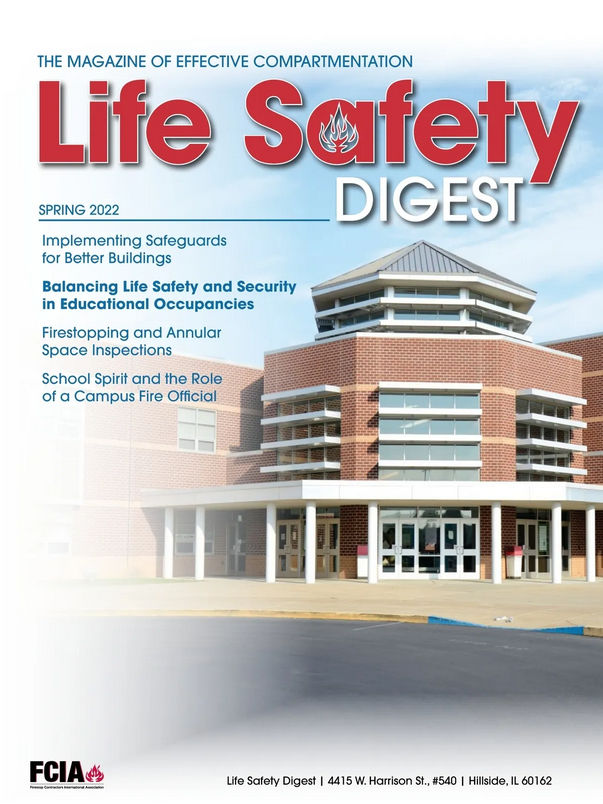 This article was published in the Spring 2022 issue of Life Safety Digest.
This article was published in the Spring 2022 issue of Life Safety Digest.
While physical security is an important consideration in K-12 schools, there are code-related concerns as well. It is crucial to the safety of students, teachers, and staff that when security measures are implemented, the requirements for egress, fire protection, and accessibility are also considered. The model codes and referenced standards clearly define what is allowed or required for safe and secure door openings, with some states and local jurisdictions adding modifications to address local or regional conditions.
Compliance with the code requirements for egress, fire protection, and accessibility does not negatively impact security if considered in tandem. To aid in addressing both safety and security for doors in educational occupancies, this article looks at the most common types of openings found in schools. Each type of door opening requires a balance of life safety and security, and some of the issues to be aware of when inspecting these facilities are summarized below.
Main Entrance – The main entrance of the building is a critical control point, and many school districts have incorporated a security vestibule to guide visitors to the office before allowing access to the rest of the school. In most K-12 schools, the main entrance is monitored at all times, with school personnel controlling access. Although these vestibules are sometimes incorrectly referred to as “man-traps”, they do not trap anyone if designed correctly. The access side of the exterior and vestibule doors should be locked, but the doors must allow code-compliant egress. The ability to exit without obstruction or delay is crucial, because if an emergency occurs, many building occupants will instinctively head for the door they used to enter.
Secondary Entrance – Other entrances, such as the staff entrance from the parking lot or a door used for playground access may not be in areas where there is constant supervision. These doors should be kept locked to prevent unauthorized access, and secondary entrances must allow egress if the doors are required exits or are provided for egress purposes. Locking devices that prevent building occupants from exiting are not permitted by the model codes.
Emergency Exit – Doors used only for egress and not for access often have no hardware on the outside, however, a key cylinder on the exterior may be helpful to allow access for first responders in an emergency. To prevent unauthorized use of the door from the egress side, an exit alarm or door contact may be used to monitor the door. Delayed egress locks, which sound an alarm and prevent egress for 15 seconds, may also be an option. Beginning with the 2018 edition of the International Building Code (IBC) and International Fire Code (IFC), delayed egress locks are allowed on classroom doors in educational occupancies, when the doors are serving an occupant load of less than 50 people. NFPA 101 – Life Safety Code also allows delayed egress locks to be used in schools, when all of the criteria listed in the code are met.
 Classroom – Many school administrators have explored ways to increase security for classroom doors, in case of an active shooter event. However, the majority of retrofit security devices (AKA classroom barricade devices) do not comply with the model codes and referenced standards for life safety and/or accessibility. In most jurisdictions, classroom doors must unlock for egress with one releasing motion, using operable hardware mounted between 34 and 48 inches above the floor. The hardware must require no tight grasping, pinching, or twisting of the wrist, and no key, tool, special knowledge, or effort for egress. In addition, current codes require classroom doors to be able to be unlocked from the outside with a key or other approved means, allowing authorized access to the classroom. Traditional locksets meet these requirements and have been proven during past active shooter events to provide the needed level of security.
Classroom – Many school administrators have explored ways to increase security for classroom doors, in case of an active shooter event. However, the majority of retrofit security devices (AKA classroom barricade devices) do not comply with the model codes and referenced standards for life safety and/or accessibility. In most jurisdictions, classroom doors must unlock for egress with one releasing motion, using operable hardware mounted between 34 and 48 inches above the floor. The hardware must require no tight grasping, pinching, or twisting of the wrist, and no key, tool, special knowledge, or effort for egress. In addition, current codes require classroom doors to be able to be unlocked from the outside with a key or other approved means, allowing authorized access to the classroom. Traditional locksets meet these requirements and have been proven during past active shooter events to provide the needed level of security.
Assembly Space – Doors serving places of assembly such as the gymnasium, cafeteria, auditorium, and library are required to be equipped with panic hardware (if the doors have a latch or lock), to accommodate the large occupant load. This can present challenges for securing doors from the inside. Some types of panic hardware can be locked from inside of the space to prevent access, while others do not have that capability. If there is a bank of doors, it may make sense to keep most of the doors locked on the outside, so the remaining doors can be locked quickly if necessary. Doors leading from these assembly spaces to the exterior are typically kept locked on the outside, and all doors serving these areas must always allow for code-compliant egress.
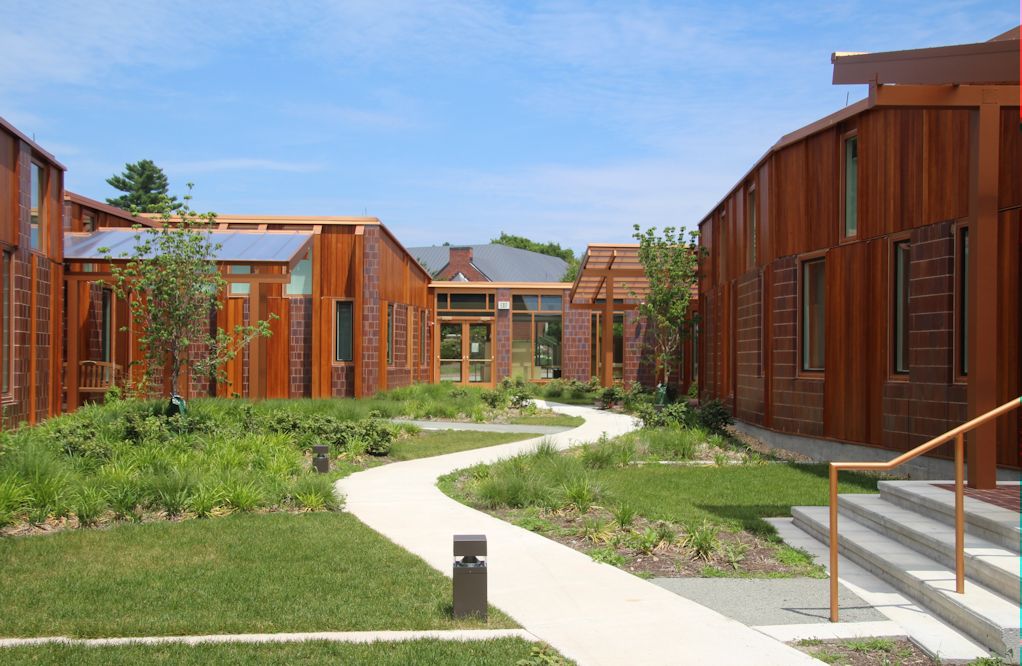 Courtyard – When a school has an enclosed central courtyard, this can create a conflict between security and egress. If the enclosed courtyard is an occupiable space with a calculated occupant load of 50 people or more, the egress route will typically pass through the interior of the school, with doors swinging in the direction of egress and equipped with panic hardware. Past editions of the model codes did not include a means of locking these doors to prevent an unauthorized person from accessing the school via the courtyard. However, the 2021 edition of the IBC includes a new section that allows these doors to be equipped with double-cylinder deadbolts if certain criteria are met. The section applies to exterior areas with an occupant load of less than 300 people in any use group, and requires a telephone or two-way communication system, signage, a vision panel in the door or frame, and a key-operated lock that is readily distinguishable as locked.
Courtyard – When a school has an enclosed central courtyard, this can create a conflict between security and egress. If the enclosed courtyard is an occupiable space with a calculated occupant load of 50 people or more, the egress route will typically pass through the interior of the school, with doors swinging in the direction of egress and equipped with panic hardware. Past editions of the model codes did not include a means of locking these doors to prevent an unauthorized person from accessing the school via the courtyard. However, the 2021 edition of the IBC includes a new section that allows these doors to be equipped with double-cylinder deadbolts if certain criteria are met. The section applies to exterior areas with an occupant load of less than 300 people in any use group, and requires a telephone or two-way communication system, signage, a vision panel in the door or frame, and a key-operated lock that is readily distinguishable as locked.
Stairwell – If an active-shooter event occurs, it’s crucial to limit the assailant’s travel through the building; doing so can save lives. The model codes allow interior stairwell doors to be locked on the stair side, which can help to prevent access to upper floors, but the locking hardware must meet the stairwell reentry requirements. In stairs serving not more than four stories, the NFPA codes allow mechanical locks on the stair side of the doors, but the I-Codes require all lockable interior stair doors to be capable of being unlocked remotely. Typically, these doors would have fail safe electrified locks, or fail safe electrified trim for fire exit hardware, allowing the doors to be locked on the stairwell side (with code-compliant egress on the egress side). Most of these stairwell doors are fire door assemblies, so positive latching must be considered as well. The ability to remotely lock and unlock these doors facilitates control of the stair doors for both security and reentry, should the stairwell become compromised during a fire.
Cross-Corridor – When a school has cross-corridor doors that separate wings or halls, this is another location where unauthorized access can be controlled. Only the access side of these doors can be lockable – the egress side must allow code-compliant egress. A common application is for the cross-corridor doors to be held open by magnetic holders, which will release and allow the doors to close upon a signal from the main office or security system. In some cases, these holders will also be released by the fire alarm system. The doors are typically equipped with panic hardware, with lever trim on the access side that is kept locked at all times. This ensures that when the doors close and latch, they will be locked to limit access, while still allowing egress.
Electronic Access Control – There are many benefits of using an access control system in an educational environment. These systems can provide the needed security as well as convenience, monitoring, and code-compliance. One type of electrified lock that is commonly used for retrofit applications is an electromagnetic lock, consisting of an electromagnet that bonds to a steel armature plate, locking the door. These locks will not allow free egress unless the required release methods are incorporated into the system, so it’s very important to verify that these locks comply with the requirements of the adopted code.
Glass and Glazing – Regardless of what type of locking hardware is installed on a door, it’s possible that the door could be breached via the adjacent glazing. There are glazing products available that provide protection against impact, as well as security films that can be added to existing glass to delay access through the glazing. In new schools, consideration should be given to the size and location of vision lights and sidelights, to limit access through the window opening to the hardware on the egress side.
Releasing Motion(s) – Although the I-Codes require most doors to unlatch with one releasing motion, in some cases the 2018 and 2021 editions of NFPA 101 allow hardware that requires two releasing motion to exit. This applies to classroom doors in existing schools, and only where the adopted code allows the second releasing motion. The intent of this code change was to allow a deadbolt to be added to an existing classroom door if additional security was needed. These doors and hardware must meet all of the other requirements of the applicable codes and standards.
Conclusion
It’s very important to ensure that school safety is not compromised by school security measures. During an unpredictable incident at school, free egress and fire protection are crucial. Although being prepared for an active shooter event is a priority for schools, fires are actually a much more common occurrence. According to the Partner Alliance for Safer Schools (passk12.org), a fire is more than 1000 times more likely to occur in an educational occupancy than an active shooter event.* In any jurisdiction, the adopted codes should be consulted for specific requirements, and the Authority Having Jurisdiction (AHJ) has the final say.
*This figure is based on a comparison between the FBI statistics on active shooter events, and the NFPA statistics on fires in educational occupancies. According to the FBI reports, an average of 4 active shooter events per year took place in educational facilities between 2010 and 2020. For the same time period, NFPA reported approximately 4,800 fires per year in schools and other educational occupancies. For more information on this study, visit iDigHardware.com/school-fires-vs-active-shooters.
You need to login or register to bookmark/favorite this content.


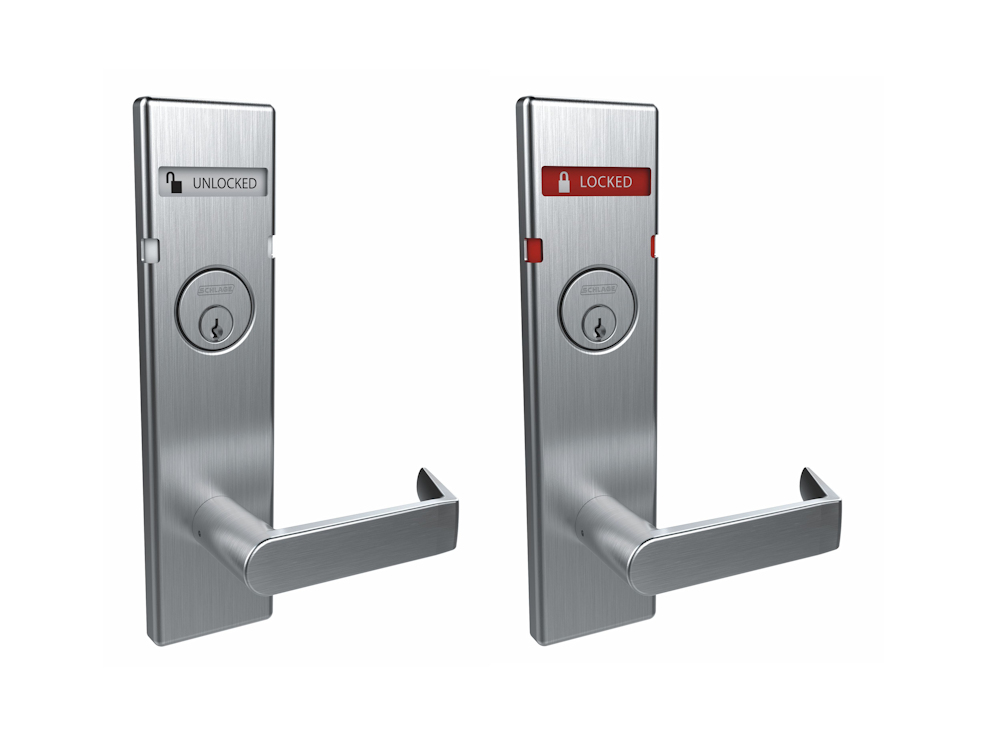
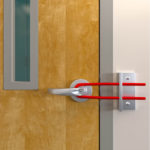


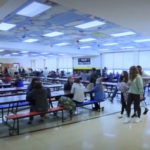




Great article Lori,
It’s also important to remember that locked and compartmentalized areas may prevent students from escaping in an active shooter situation. Security professionals should carefully choose the device which provides tactical control over the door’s locking mechanism. We believe in making sure that teachers and authorized individuals are the only ones who can lock a door to prevent an intruder. While active shooter incidents are rare, a bully or worse who is looking to do harm is in the classroom 180 days a year. Lori, if you’re visiting ISSC in Orlando in July, please stop by our booth! I’d love to meet you! Well done and thanks for the article.
Thanks Sal! 🙂
– Lori